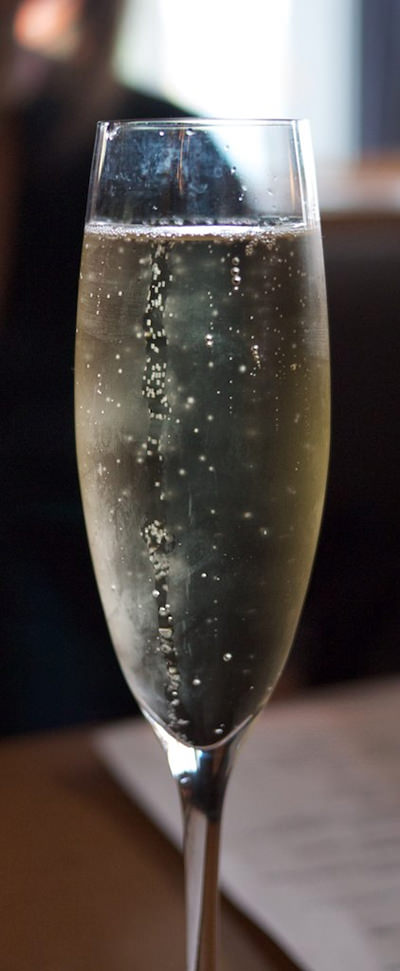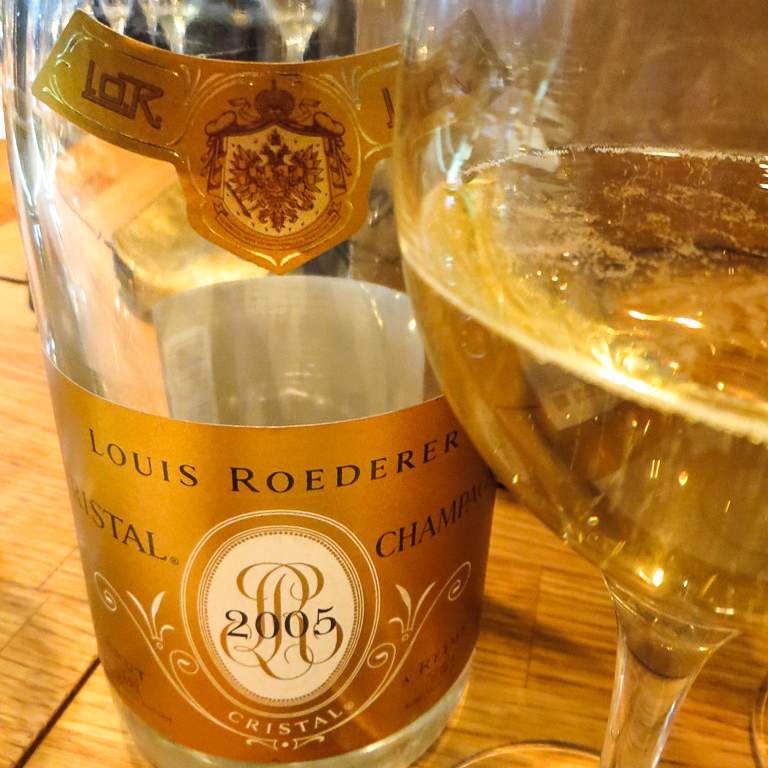As hard-working members of the wine trade know, this is the time of the year when it becomes much easier to sell sparkling wine and Champagne. In the western world it has become a cultural recurrence to have survived another year on planet Earth and to look forward to the challenges and hopes for the New Year with a glass of wine containing a “fizz.”
However, there is a new entry into the sparkling wine business that is grabbing consumers’ attention. In 2014 for the first time, sales of Italian sparkling wine exceeded that of France and the engine that is driving that is a product called Prosecco.
Prosecco is produced in the northeastern wine-growing region of Veneto from the Glera grape grown in a specific designated region, Prosecco di Conegliano Valdobbiadene, (DOC/DOCG). The term Prosecco now indicates a wine from this specific region, where formerly it was used a name for the above grape.
Plantings have increased in the region and production techniques have improved. Earlier, most of the wine was fermented in tanks only. This is called the Charmat process. However, the most predominant method now used is the transfer method. Fermentation is started in the tanks and then moved to bottle fermentation, emulating what is known as the “Champagne method.” It is no surprise that the quality of the finished wine has improved.
A survey of local shelves showed a large number of Prosecco brands in the 600-1,000 baht range. There is no question that the attractive price is making Prosecco a global favorite.
Another sparkler that has come to my attention is the Jacob’s Creek brand. Jacob’s Creek is a major wine brand from Pernod-Ricard, a large French company. Early on, they produced a sparkling wine from Chardonnay and Pinot Noir. But earlier this year they introduced a Chardonnay-Pinot Noir-Pinot Meunier blend, composed of the three grape varieties used in the Champagne region of France and this sparkler is indeed a jump in quality.
We now turn to the real thing, Champagne. Make no mistake, I enjoy Champagne and have three bottles in my refrigerator: Duval-Leroy, Bollinger Brut and a Lanson rosé.
Of course, Champagnes have always been taxed more heavily than still wines. This is based on the outdated, Calvinistic model that somehow these wines are more dangerous. It is a fact, however, that the carbon dioxide in those little bubbles pushes alcohol into the human bloodstream faster than a still wine could.
Beer has the same effect.
On the upside are the occasions when I attend a dinner or reception where Champagne is served. Those attending are usually boring and quiet. But after the first sip of Champagne, the ice melts, they begin talking to each other and both men and women appear to be more attractive and cordial than when I first entered the room. Socialization-one of the great attributes of wine lovers.
Please drive carefully this holiday season or catch a taxi!
[Article by David Swartzentruber]



 0
0